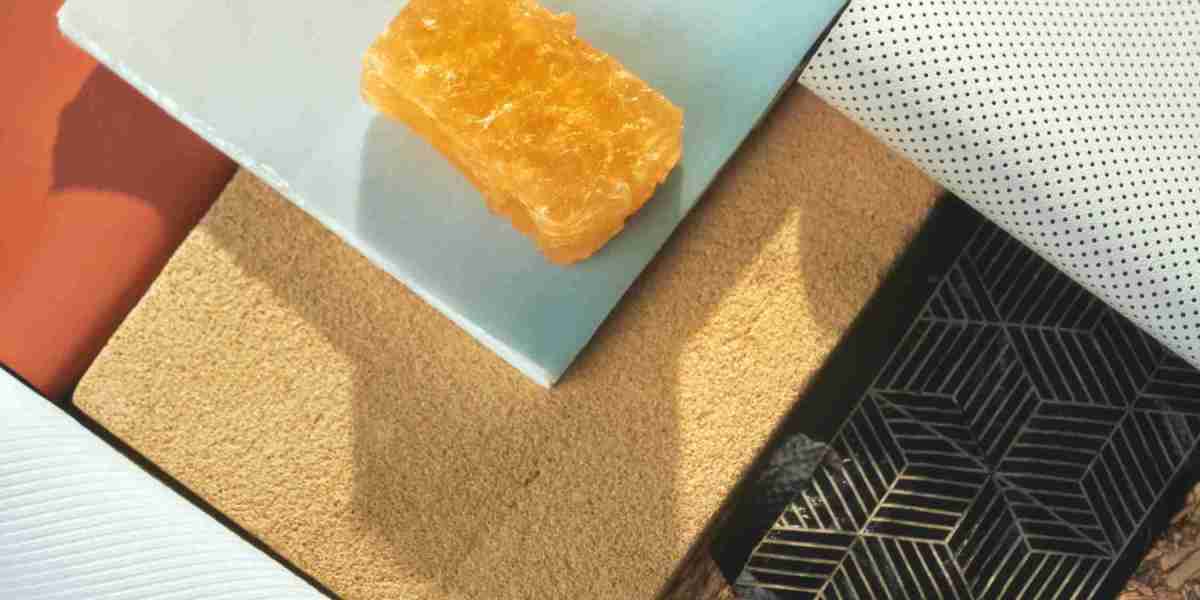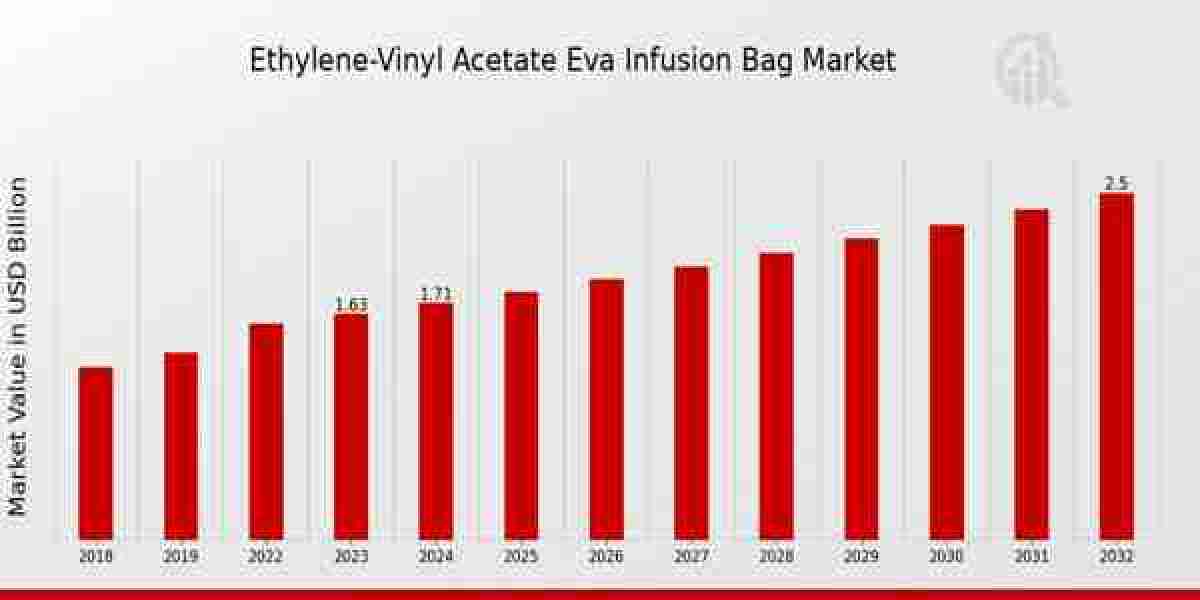Bio Based Leather Market is gaining significant momentum as sustainability becomes an essential focus for industries worldwide. Traditional leather production, while iconic for its durability and luxury, has raised environmental concerns due to its resource-intensive processes, such as high water consumption, the use of toxic chemicals, and the reliance on animal products. As a response to these challenges, bio-based leather alternatives are emerging as viable, eco-friendly options. These alternatives are made from renewable resources, like plants, fungi, and agricultural waste, significantly reducing the environmental footprint of leather production.
The Environmental Impact of Traditional Leather Production
Traditional leather production involves extensive water usage, energy consumption, and the emission of harmful chemicals during the tanning and finishing processes. Additionally, livestock farming, which supplies animal hides, contributes to deforestation, greenhouse gas emissions, and land degradation. As these issues become more prominent, both consumers and industries are increasingly seeking more sustainable materials that do not rely on animal exploitation and minimize environmental harm. Bio-based leather offers a way forward by providing an alternative that is both environmentally responsible and cruelty-free.
Key Bio-Based Leather Alternatives
Bio-based leather alternatives come from a variety of renewable, plant-based, and fungal sources. One of the most well-known bio-based leathers is Piñatex, made from the fibers of pineapple leaves. This material is durable, biodegradable, and offers a sustainable solution by utilizing agricultural waste that would otherwise be discarded. Another promising alternative is Mylo, which is derived from mycelium (the root structure of mushrooms). Mycelium-based leather is lightweight, flexible, and can be produced with minimal environmental impact, offering an eco-friendly solution for fashion and automotive industries.
Other bio-based leather alternatives are being created from materials such as apple peels, grape skins, and even algae. These materials are not only renewable but also biodegradable, unlike traditional synthetic leather made from petroleum-based plastics. These innovations in bio-based leather production are driven by the need for sustainable materials and a growing consumer demand for cruelty-free, environmentally friendly products.
Sustainability Benefits of Bio-Based Leather
Bio-based leathers offer several key sustainability benefits compared to traditional leather. First, they are often biodegradable, reducing long-term waste and contributing to a circular economy. Second, the production of bio-based leathers generally requires fewer resources, such as water and energy, making it a more efficient process than conventional leather production. For instance, materials like Piñatex utilize agricultural waste that would otherwise be burned or discarded, thus reducing waste and pollution. Third, many bio-based leathers are produced without the use of toxic chemicals, which significantly reduces environmental contamination.
Consumer Demand and Industry Shifts
As consumer preferences evolve toward sustainability, the demand for bio-based leather is increasing. Consumers, particularly younger generations like millennials and Gen Z, are more conscious of the environmental impact of their purchasing decisions and are increasingly seeking sustainable, cruelty-free products. In response, fashion brands, automotive manufacturers, and furniture companies are increasingly turning to bio-based leathers to align with these evolving consumer values.
Major brands, such as Stella McCartney, Adidas, and Tesla, are integrating bio-based leathers into their collections and product lines. The growing commitment from corporations to adopt eco-friendly materials further accelerates the market for bio-based leather alternatives.
Conclusion
The Bio Based Leather Market is rapidly expanding, offering sustainable, eco-friendly alternatives to traditional leather production. By reducing environmental impact, utilizing renewable resources, and meeting consumer demand for cruelty-free products, bio-based leather presents a compelling solution for industries aiming to adopt greener practices. As advancements in material science continue to drive innovation, the future of the bio-based leather market looks increasingly promising, with potential to revolutionize the fashion, automotive, and furniture sectors.




